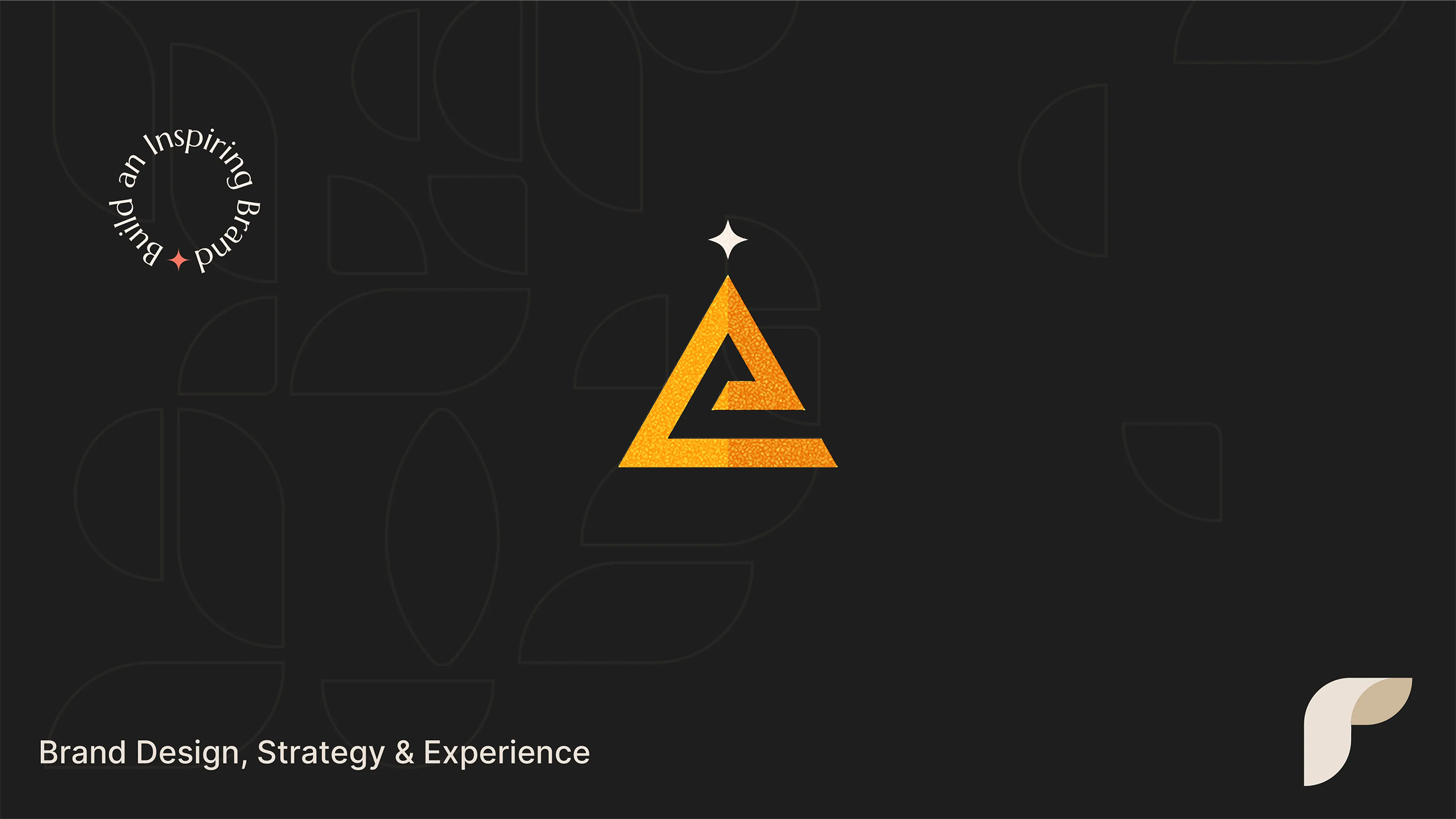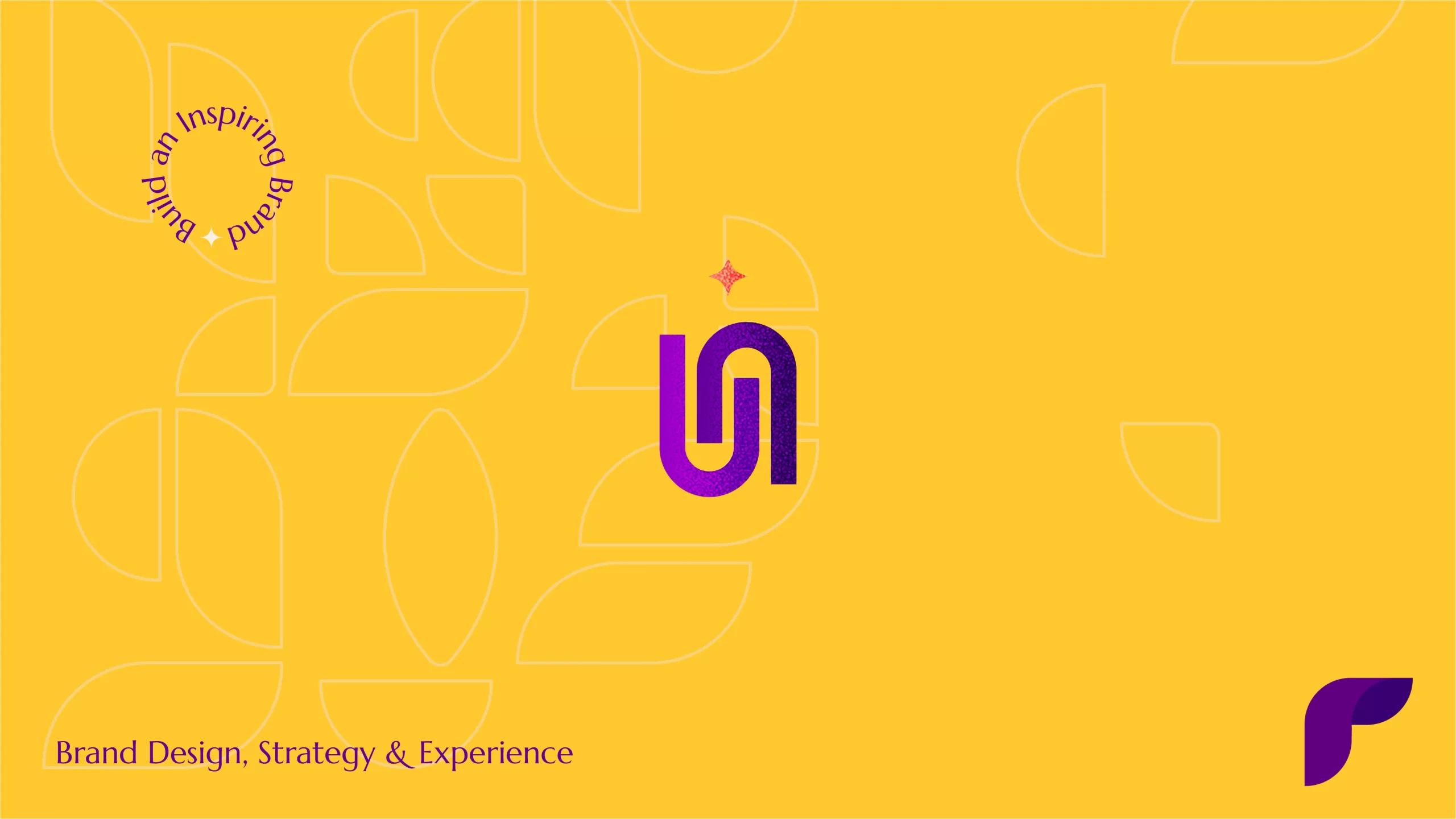A logo design serves as the visual representation of your company and plays a crucial role in shaping public perception. It is the face of your business, conveying your values, personality, and promises to your target audience.
In this article, we will delve into some of the ideas for a perfect business logo design and explore how you can bring your brand logo to life.
What’s in this article?
Infusing emotions into your logo design
Understanding the power of emotions in branding
Emotions have a significant impact on human behavior and decision-making. By incorporating emotions into your logo design, you can create a deep connection with your audience. Start by understanding the emotional response you want to evoke.
Do you want to convey trust, excitement, happiness, love or reliability? Each emotion can be associated with specific colors, shapes, ideas and typography, which leads us to the next point.

Choosing the right color palette to evoke desired emotions
Colors play a vital role in evoking emotions and influencing perceptions. For instance, blue often conveys trust and reliability, while red signifies passion and energy. By carefully selecting a color palette that aligns with your brand personality and desired emotions, you can create a logo that resonates with your audience on a deeper level.
Incorporating shapes and typography to convey emotional messages
Shapes and typography also contribute to the emotional impact of your logo. Different shapes can evoke various feelings. For example, curves and circles represent harmony and unity, while angular shapes convey strength and innovation.
Additionally, typography choices can enhance or diminish the emotional message of your logo. By combining these elements thoughtfully, you can create a logo that communicates your desired emotional message effectively.

Conveying your company’s purpose
Defining your company’s mission and values
Before embarking on logo design, it is crucial to define your company’s mission and values. Your business logo design should encapsulate these core elements and reflect the essence of your business. Take the time to identify what your brand stands for and what sets it apart from competitors.
Translating your purpose into visual elements
Once you have a clear understanding of your company’s purpose, it’s time to translate it into visual elements. Consider the imagery, symbols, and visual metaphors that can effectively convey your brand’s purpose.
For instance, if your company focuses on environmental sustainability, incorporating nature-inspired elements or eco-friendly symbols can visually communicate your commitment to the cause.

Using symbolism to communicate your company’s core message
Symbols have a powerful ability to communicate complex ideas and values in a simple and memorable way. By incorporating symbolic elements into your logo, you can convey your company’s core message instantly.
For example, the Nike swoosh symbolizes motion and athleticism, reflecting their brand identity and values. Thoughtfully integrating symbolism into your logo design can create a lasting impression on your audience.
Making a promise through business logo design
Identifying your brand promise
Your brand promise is the commitment you make to your customers. It encompasses the unique value proposition that sets your business apart and defines the experience your customers can expect. Before designing your logo, clearly identify your brand promise and ensure it aligns with your overall brand strategy.
Reflecting your brand promise through visuals
Once you have identified your brand promise, it’s time to reflect it through your logo design. For example, if your brand promises innovation and cutting-edge technology, incorporating futuristic design elements can visually communicate that commitment.
Creating a sense of trust and reliability in your logo design
Trust and reliability are crucial factors in building a strong brand. Your logo should instill a sense of trust in your audience and assure them of your brand’s reliability. This can be achieved through the use of clean and professional design, appropriate typography, and consistent branding across all touchpoints.

Designing for the future
Designing a business logo for the future while incorporating the vision of the company is about creating a logo that not only represents your brand today but also aligns with where you want your brand to be in the years to come. Here’s a deeper look into this concept:
Understanding the vision
To start, it’s crucial to have a clear understanding of your company’s long-term vision. What are your goals? Where do you see your brand in the future? This vision could include expanding into new markets, adopting innovative technologies, or evolving your product or service offerings.
Related: 5 Timeless logo design concepts you should know
Balancing current trends with longevity
A future-focused logo design should possess a timeless quality. While it’s essential to consider current design trends, it’s equally important to create a logo that stands the test of time. Avoid overly complex or trendy designs that may lose relevance over time. Aim for a balance between contemporary aesthetics and enduring appeal.
While focusing on timeless design, it’s also important to stay aware of current design trends. Incorporating subtle nods to contemporary design elements can help keep your logo fresh and relevant without sacrificing longevity. Strive for a design that captures the essence of your brand while staying in tune with the contemporary design landscape.
Future-proofing your logo for scalability and adaptability

Ensure that your logo is scalable and legible at different sizes, whether it’s displayed on a billboard or a mobile screen. Consider how your logo will appear in different color variations or even as a monochrome version. By future-proofing your logo, you can ensure its effectiveness and longevity in the ever-evolving world of design.
Related: 5 principles that make a logo design ‘Iconic’
Connecting with your audience personally
Know your target audience
Conduct market research and gather insights about your target demographic’s preferences, lifestyles, and aspirations. Analyze their buying behavior, interests, and the problems they seek solutions for. By gaining a deeper understanding of your audience, you can tailor your logo design to match their preferences and emotions.


Embracing authenticity and storytelling
Consumers are drawn to brands that showcase their true identity and values. Your logo design can serve as a gateway to your brand’s story and personality. Embrace authenticity by staying true to your company’s mission, values, and history.
Tell a compelling story through your logo design that reflects your brand’s journey and purpose. People connect with narratives that evoke emotions and create a sense of belonging. Your logo can be a visual embodiment of your brand’s unique story, forging a personal connection with your audience.
Add a personal touch to your logo
A good personal touch would include adding your founder’s or an important person’s image to your logo. This would indicate the backbone of your business and showcase your heritage.
Take Dindugal Thalapakatti’s logo for example. It features the founder’s logo in the middle with a grayscale color combination. Not only would it be a profound way to grab people’s attention, but it could be an effective way to build a strong brand identity.
Conclusion
Designing a perfect business logo requires careful consideration of various elements. Remember, a well-designed logo is not just a visual representation; it is a powerful tool that communicates the essence of your brand and fosters a lasting connection with your audience.




